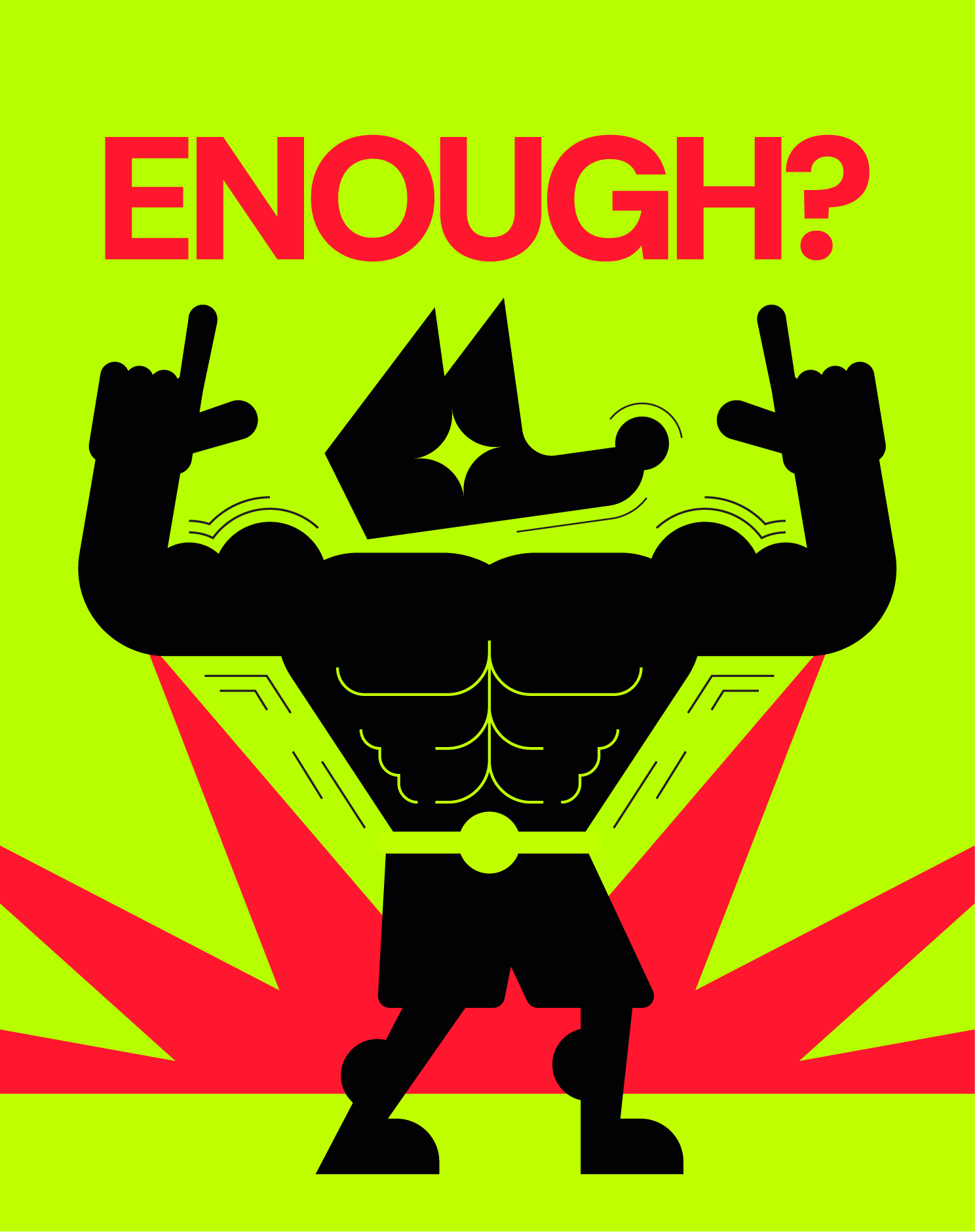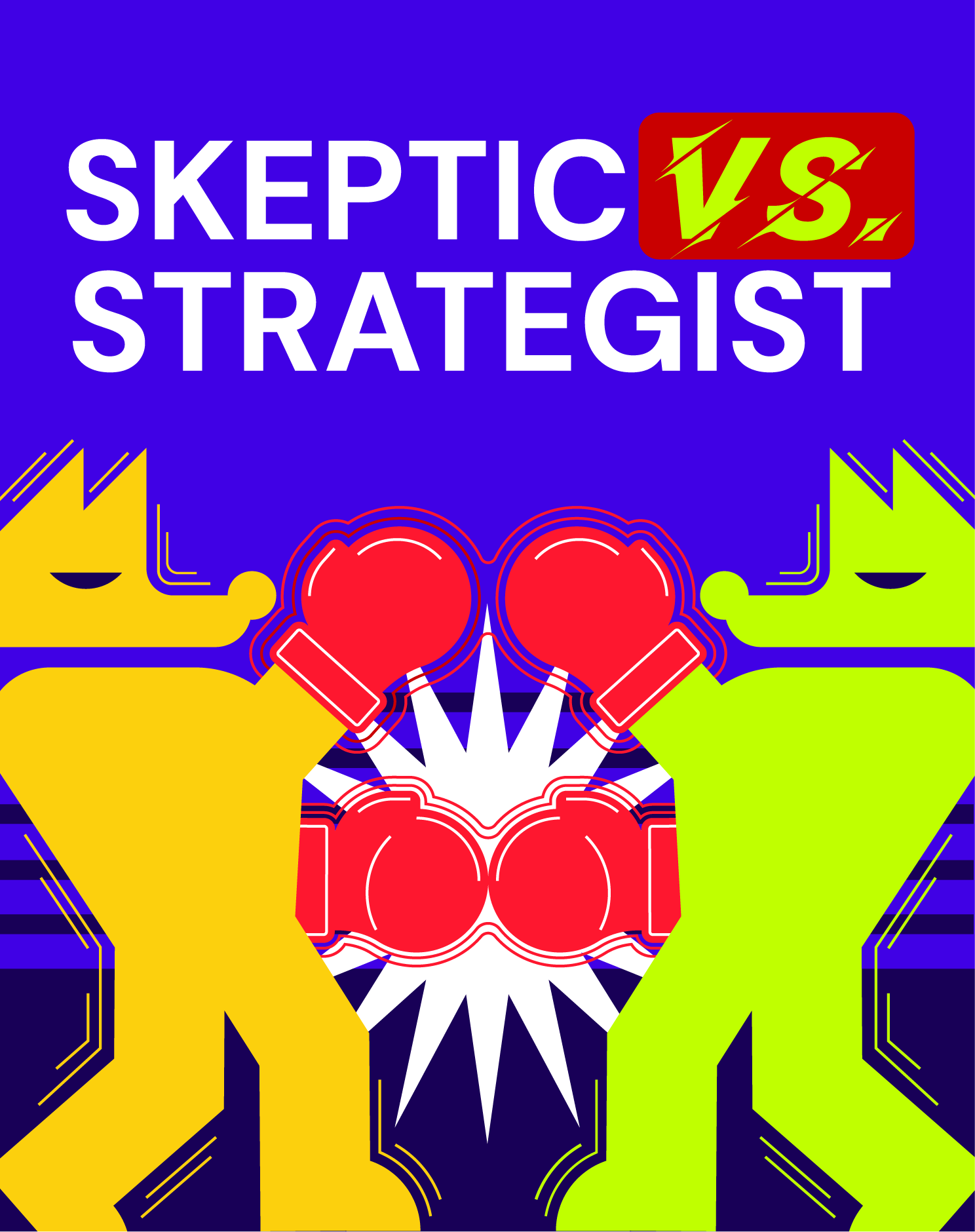
Refresh, Revamp or Rebrand? What Should I Choose?
If your team has started discussing whether your brand needs to change, you’re already in a good place. These conversations aren’t always easy—especially when different teams see things differently. But they’re necessary.
The question now is: What kind of change does your brand actually need?
Not every business requires a full rebrand. Sometimes a light refresh is enough to modernise your look without losing what customers recognise. Other times, subtle changes won’t go far enough to shift perception or unlock growth.
In this article, we’ll help you understand the difference between a refresh, an evolution, and a rebrand—and how to choose the right approach for your brand, your market, and your goals.
1. Refresh – A Subtle but Strategic Update
When to consider it:
Your brand is established and performing well. However, the packaging may feel a little tired. Perhaps the visuals no longer match the quality of the product. Alternatively, the pack doesn’t pop on digital shelves like it used to. In these cases, a refresh keeps the essence of your brand intact, while cleaning up its appearance.
A refresh doesn’t always need a big “why.” Sometimes, brands do it to celebrate a milestone, like 10 or 20 years. Other times, it helps align with new category trends. Increasingly, a refresh is triggered not by branding, but by a change in packaging format.
New Format, New Canvas
In the food and FMCG space, brands often refresh when moving from rigid packaging with small labels (like tubs, jars, or cans) to flexible packaging like stand-up pouches or flow wraps.
This switch gives you a much larger canvas — but also demands a smarter design system:
How does the design flow across multiple panels (front, back, gusset)?
Is the branding still readable when the pouch folds or flexes?
Can you simplify your layout to maintain clarity across sizes or variants?
What worked fine on a 50mm label might feel lost or awkward on a pouch. A brand refresh here ensures your new format doesn’t just function — it communicates better.
Signs you’re ready for a refresh:
- The visual style feels outdated or cluttered.
- Packaging fails to stand out next to cleaner, more modern competitors.
- Perhaps you’re updating formats or launching a new SKU and want it to feel consistent.
- There’s a desire to mark an anniversary or brand milestone with a fresh look.
Fix it with a Refresh:
Improve font hierarchy, colour contrast, or layout balance
Clean up icons, callouts or old design clutter
Retain your logo and brand story — just sharpen the way it’s told
Why it works: A refresh keeps your identity intact while bringing a cleaner, sharper look to shelves or screens. It’s often the fastest, least disruptive option—perfect for brands that just need a bit of polish.
2. Revamp – A Confident Step Forward
When to consider it: You’ve outgrown your original look — not your business. The product remains solid, and the brand is well known. However, the visuals, messaging, or structure may not reflect your current direction. For example, you might be entering supermarkets or launching new ranges. Alternatively, you could be speaking to a new type of customer. In these situations, a revamp helps you update with intent — not start over.
Same Brand, New Direction
A revamp often happens when your packaging system was designed for a different stage of your business. Maybe it worked fine for farmers’ markets, online shops or boutique cafés — but now you’re going national, exporting, or pitching to major retail. Suddenly, what once felt charming now feels cluttered, inconsistent or hard to shop.
Revamping your identity allows you to:
Retain brand recognition while introducing more structure
Speak more clearly to a wider or more design-savvy audience
Bring cohesion across formats, SKUs, or markets
Signs you’re ready for a revamp:
- You’re expanding into new channels (e.g. retail, export, e-commerce).
- Packaging may feel too niche, old-fashioned, or inconsistent.
- Perhaps you’re adding sub-ranges or new formats and need a scalable system.
- There may be a shift in values, such as a greater focus on sustainability or health.
Fix it with a Revamp:
Refine your logo and colour palette (don’t replace, just evolve)
Introduce a visual hierarchy and scalable layout system
Rework tone of voice and messaging to reflect what customers care about now
Bring consistency across all your SKUs and formats
Why it works:
A revamp balances familiarity and freshness. You keep the brand equity you’ve built while confidently stepping into your next chapter. It’s ideal for brands that have grown beyond their original design — and are ready to look like the business they’ve become.
3. Rebrand – A Clean-Slate Transformation
When to consider it:
You’ve evolved so far that your current brand no longer reflects who you are — or where you’re going. Maybe your audience has changed. Maybe your offering has expanded. Maybe your look and feel is holding you back. A rebrand gives you the opportunity to start fresh with clarity, confidence and intent.
This isn’t about abandoning your roots — it’s about realigning with your future.
A New Identity for a New Chapter
Rebrands often come with major business shifts: new ownership, new categories, international expansion, or a complete repositioning. Sometimes, the name stays. Sometimes, it doesn’t. But the key is this: you’re no longer just tweaking design — you’re redefining how the brand is seen, understood and remembered.
Common rebrand triggers:
- You may be entering new markets or categories that your current brand doesn’t suit.
- Name or visuals could be causing confusion or limiting appeal.
- Perhaps the business has undergone a transformation—such as a new vision, leadership, or product shift.
- It might be time to target a different audience or move into a premium, purpose-led, or B2B space.
Signs you’re ready for a rebrand:
- The current identity may be dated, unclear, or even limiting your growth.
- Perhaps you find yourself frequently explaining or apologising for the name, logo, or positioning.
- A new flagship product or platform could be launching that needs stronger branding.
- You may want to build meaning around your mission—not just your product.
Fix it with a Rebrand:
Revisit your brand purpose, values and customer journey
Rename only if your current name is confusing or no longer relevant
Redesign your logo, colour system, typography and packaging
Rethink tone of voice, story, and messaging across all touchpoints
Roll out the new brand intentionally — in phases, with customer context
Why it works:
A rebrand is a reset — not a rejection of your past. It’s a chance to shape perception, build alignment between product and purpose, and create a system that works across every platform, format and market.
When done with insight and intention, rebranding can energise your internal team, reconnect you with your audience, and unlock doors you didn’t know were closed.
Once you’ve chosen the right path forward, the next challenge is making the change without losing what your customers already recognise and love.
>>>Up next: How to Refresh Without Confusing Your Loyal Customers



